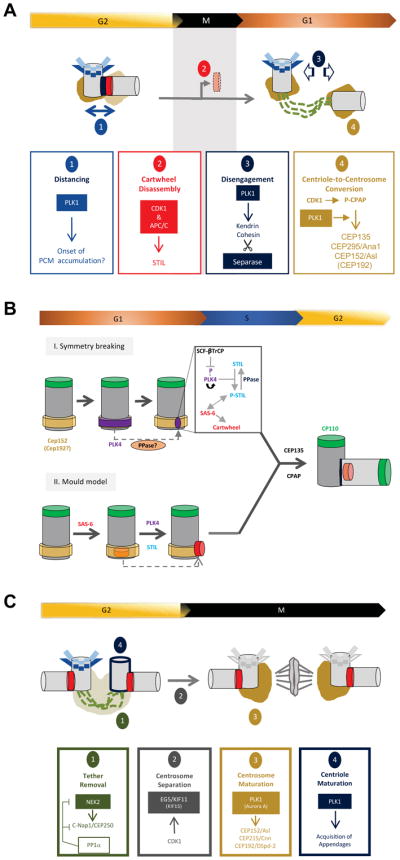Figure 2. Key aspects of the centrosome duplication cycle.

(A) Mitotic events licensing a new round of centriole duplication. Schematic describing four major events that occur during the progression from late G2 through M and into early G1. All four events, distancing, removal of the cartwheel, centriole disengagement and centriole-to-centrosome conversion, are considered necessary for the licensing of centrioles for a new round of duplication. Although the four events are conceptually distinct, they are expected to be integrated at a molecular and structural level.
(B) The birth of a new centriole. The master regulator PLK4 is initially recruited to a ring of CEP152 and CEP192 at the proximal end of the parent centriole. According to one model (I), a symmetry breaking event triggers accumulation of active PLK4 at one single site (dot) on the ring. The mechanism underlying symmetry breaking remains to be understood, but presumably involves self-enforcing feedback loops centered on PLK4, STIL, proteases and yet unidentified phosphatases. An alternative model (II) attributes an important role to the lumen of the parent centriole in assisting SAS-6 self-assembly into a cartwheel structure. PLK4 and STIL subsequently cooperate to remove the pre-formed cartwheel scaffold from the mould and position it laterally on the parent centriole.
(C) Coming of age: centriole and centrosome maturation. A G2 cell typically comprises 2 pairs of centrioles. The two parent centrioles are initially connected by a loose tether and form a single microtubule-organizing center. This tether is removed by a shift in the balance of activities of the NEK2 kinase and an opposing type 1 phosphatase (PP1α) acting on C-Nap1/CEP250 and other substrates118,119,205. Subsequently, the two centrosomes are separated by the microtubule-dependent motor EG5 (and the partially redundant motor KIF15)206, with EG5 being recruited to centrosomes in response to CDK1 phosphorylation207. Entry into mitosis requires expansion of PCM, termed centrosome maturation, in preparation for mitotic spindle formation. This step is triggered by PLK1 and Aurora A and results in the sequential recruitment of CEP152/Asl, CEP215/Cnn and CEP192/DSpd-2. Finally, only one parent centriole is fully mature (i.e. carries appendages) in a G2 cell, but during G2 and/or M phase the second parent centriole matures and acquires appendages in an event triggered by PLK1121. Centrioles are depicted in different shades of grey and PCM in different shades of brown, to indicate different states of maturity. Cartwheels are shown in red; loose tethers connecting parent centrioles as dashed green lines; tight linkers connecting procentrioles to their parents in dark blue; subdistal and distal appendages in light and dark blue respectively.
